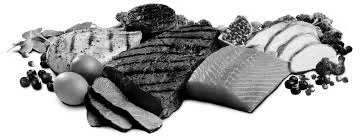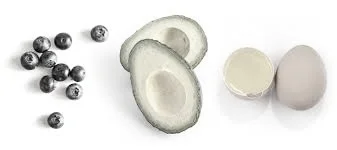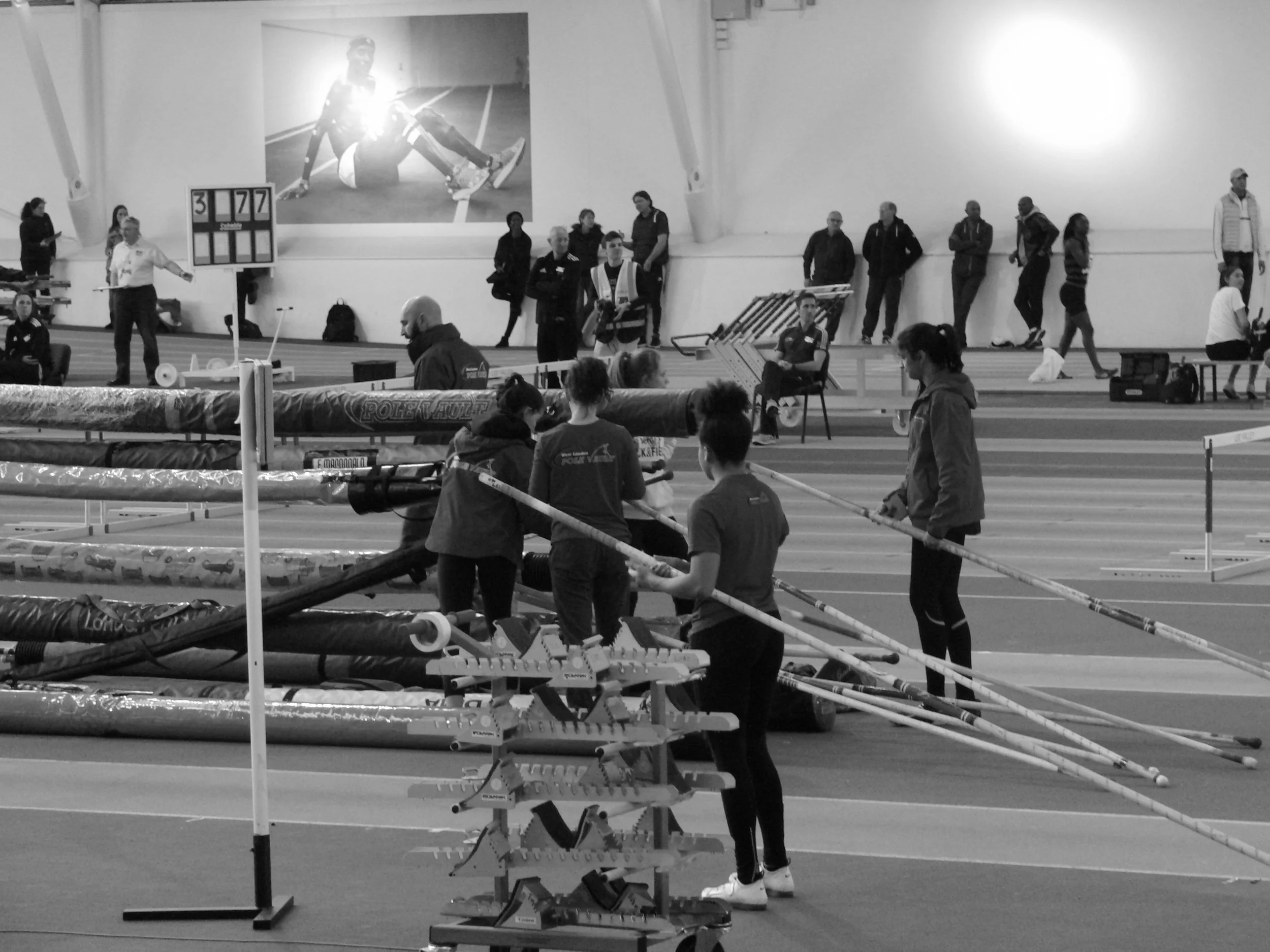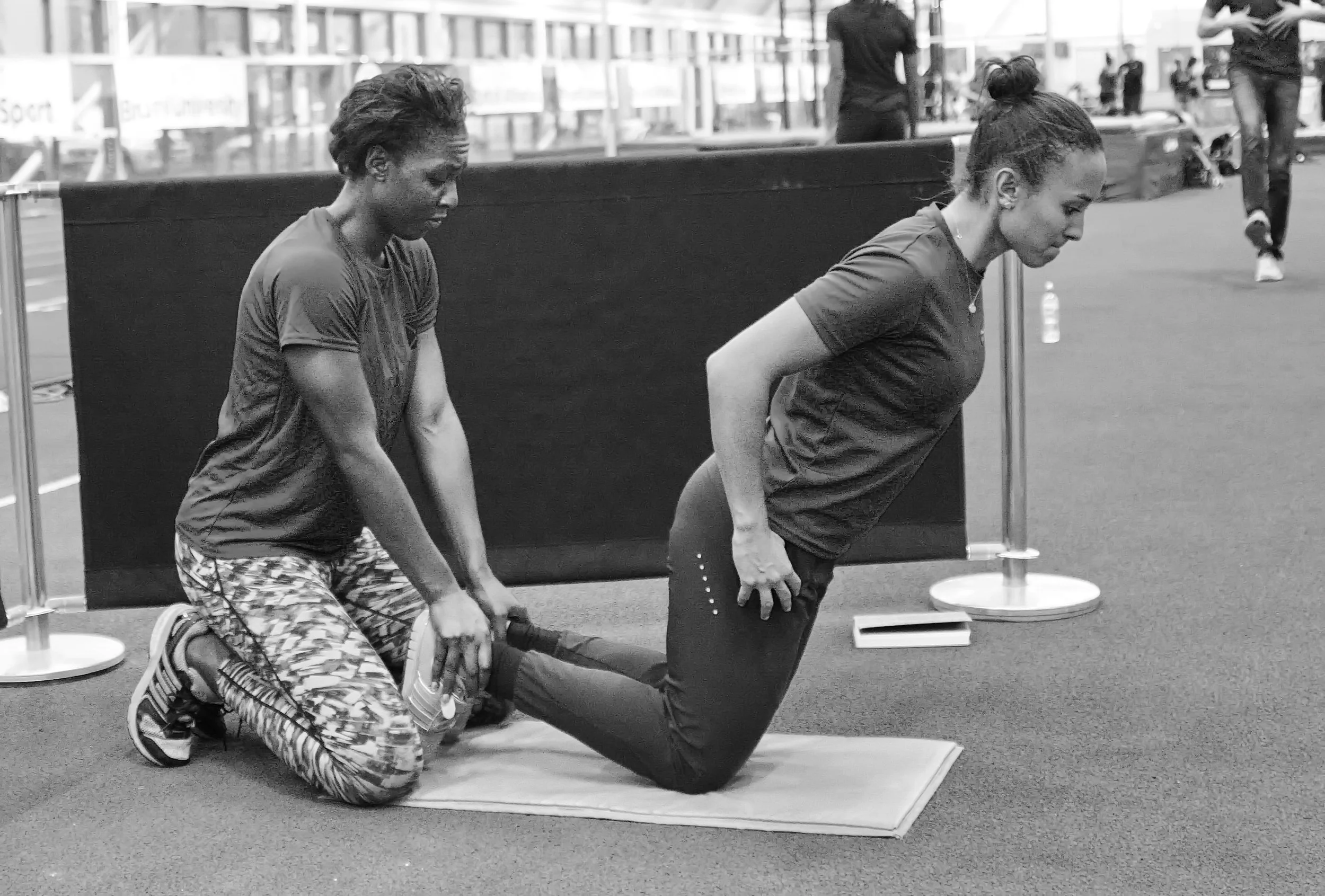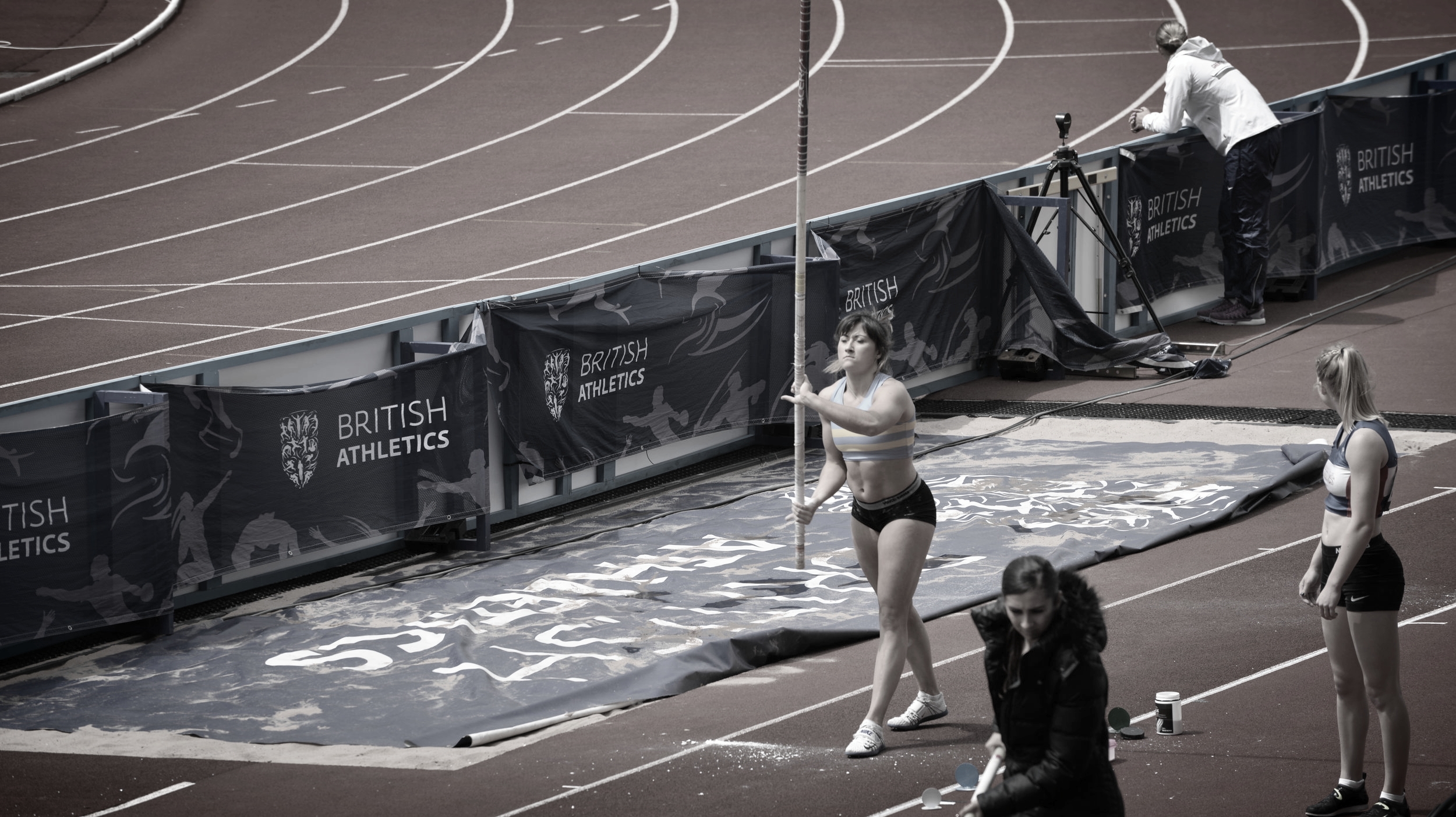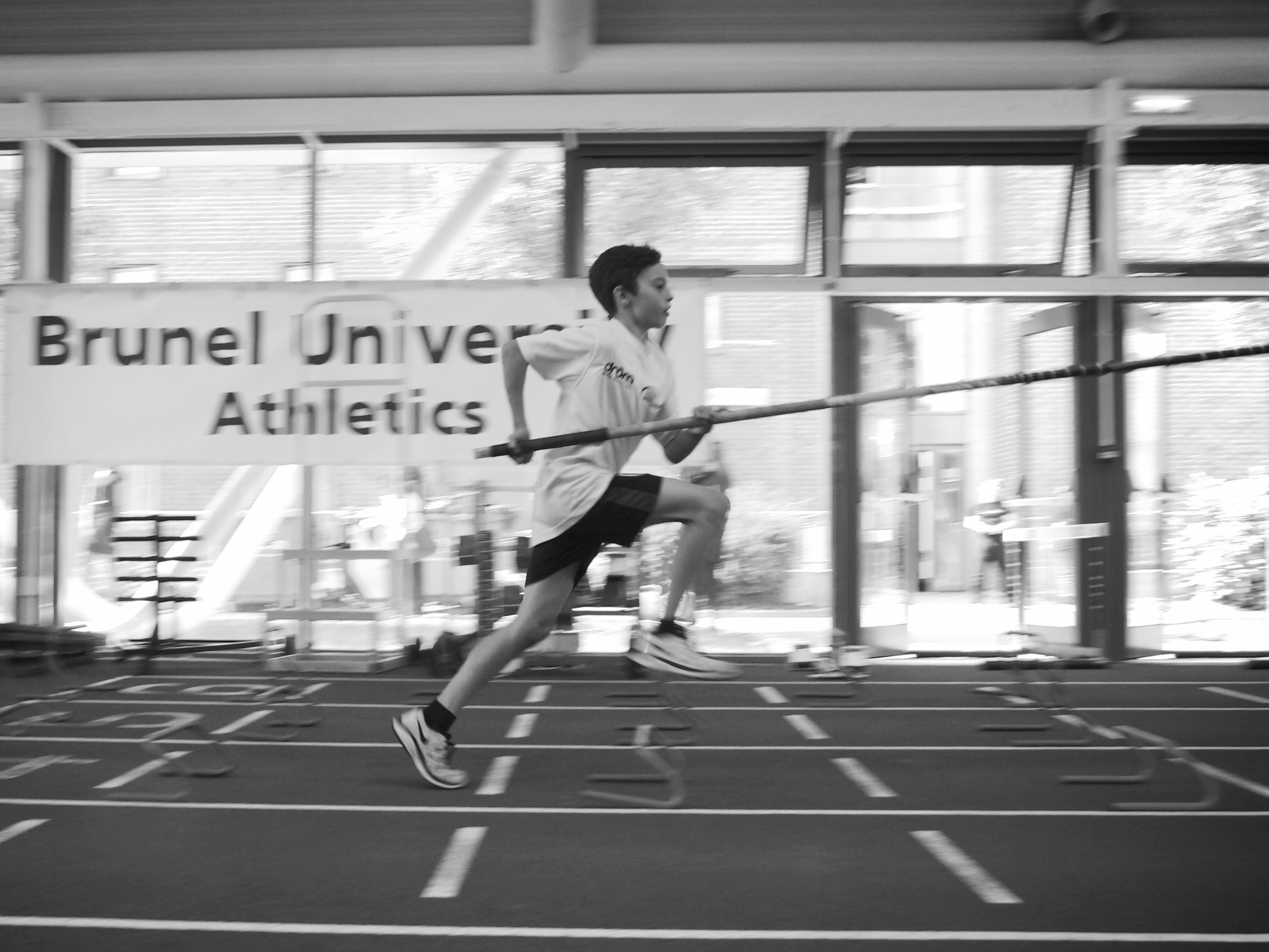The role of Vitamin D in athlete performance.
A Q&A with WLTF Vaulter - Mercy Gutteridge, on how to balance study and training.
An athlete's guide to fats and carbohydrates.
British Indoor Championships report, 2017
The first of a three part series on fundamental nutrition, explores the importance of protein in an athlete's diet.
The support available to WLTF athletes is set to be further enhanced, with the addition of a Performance Nutritionist.
A multitude of Personal Bests were recorded at the London Indoor Games, this past weekend.
Ryan Letts selected for Team GB for the Europa cup and World Junior Championships
With the addition of Coach Allie Murray, we are excited to be able to offer the opportunity for a new squad of Pole Vaulters to join West London Track & Field.
Former Scottish International - Alison Murray - joins WLTF Coaching Staff.
6 Medals won at the South of England U20 / Senior Championships.
A short feature film on U15 National Champion in the Pole Vault: Jade Spencer-Smith.
English U23 100m Champion, Clieo Stephenson on her training at WLTF.
Rudyard Kipling's words applied to the world of Sports.
A short article for athletes on optimising their mindset, and creating helpful thought patterns to maximise performance.
12 PBs for vaulters this weekend at the WLPV Invitational.
My journey so far
Rich Humby
Introduction
Given how long it took to write this initial post - having rediscovered levels of procrastination that were all too familiar in my final year of university - I hope I’ve produced something that will keep you keen to read on and comeback for any future posts.
For someone that doesn’t do an awful lot of talking, and would much rather listen, I was unsure on the idea of a blog. However I’ve decided to share my experiences to date in the hope that it will resonate with and help at least one person at some point.
I’m an athletics coach; specifically a pole vault coach, who takes an interest in other events and more so the ones that pole vaulters generally take part in, such as the sprints, jumps and hurdles. I was a competitive pole vaulter for 7 years and won an age group National title when I was 16. To cut a long story short, after this I became injured and stopped vaulting. Despite not training, I was never too far away from something pole vault related, largely due to the fact that the pole vault bed the group used to train on was located in my back garden. This is what led me to start coaching, as I inherited what was to be the first pole vault group that I was to coach in 2011. Let me share my story…
Year 1
My first year of coaching was, as every year has been, a very steep learning curve. I was 18 and dived straight into any and every book, article, and video that I could find that related to the event I was coaching. My thinking being that if I wanted to be successful, then I should at least know what the model I’m trying to create should look like. I was very naïve and everything new that I read suddenly became gospel. I was also studying for my sports science degree whilst coaching, which also meant that I’d start using all the - what I thought to be - fancy and correct terms for human physiology and movement. This doesn’t really work when you’re coaching a group of athletes whose ages range from 13–17 and you end up confusing everyone in the group as they don’t understand what you mean…
K.I.S.S springs to mind.
The very first pole vault session I coached dragged on for a bit longer than it should have and ended up with a trip in an ambulance to the local hospital with one of the athletes… unconscious. Yep. My very first session someone knocked themselves out. Good start, Rich. I received phone calls from 2 previous coaches of mine, both telling me not to worry and trying to make me feel better, which was greatly appreciated.
This was a very early lesson for me in that there will be tough times, but there will be people willing to help you through them. The rest of the season went a bit smoother, with athletes winning regional and national level competitions. I had experienced a lot in one year; the extreme highs of coaching an athlete to a National title to the extreme lows of watching someone knock themselves out as well as snap a pole and the dreaded ‘no height’, on more than one occasion. Despite the fear of the lows, the excitement of the highs far outweighed them and I was hooked. Being able to help people achieve their sporting ambitions really appealed to me.
Year 2
My second year as a coach involved going from a group of around 6/7 athletes down to, for the majority of the season, two. This allowed me to really get my ideas across and more than anything create the environment that I wanted future athletes to come in to. I was invited to join the National Coach Development Programme and started to meet other coaches from around the U.K with whom I could share ideas and learn even more. This year was another success, coaching my first international athlete, who went on to win their first competition for England. I started coaching a couple more athletes who would then go on to join the group for the start of next season.
Year 3
This was to be the biggest year for me. I would continue coaching a group in Southampton, but also relocate to Brunel University and start my time with West London Pole Vault (WLPV), where I would be teaming up with the current National Coach Mentor for the pole vault, Ellie Spain. This meant a vast increase in the number of athletes I was working with and thus a big increase in the number of sessions I was coaching per week. For me this was great as it allowed me to practically apply what I already knew whilst I continued to learn.
Moving to work with the team at West London Track and Field (WLTF) meant putting myself in a coaching environment where the other coaches constantly expect the best from you, and you have to justify your rationale for making decisions. This professionalism has led to a lot of success for WLTF, with multiple athletes winning national age group titles - both indoors and out, as well as international age group representation.
Year 4
In my fourth year WLTF continued to expand and there were certainly some exciting times ahead. The season presented me with my first international experience as a coach when I was invited to be the team manager for jumps for a small England Athletics team that were heading out to Linz, Austria. I was fortunate enough to be traveling with Max Eaves, who was the competitor in the pole vault for England. He was far more experienced than I was when it came to traveling with poles through an airport. Linz was a great experience and given all the horror stories about poles going missing and being sawn in half when going through airports, it seemed to go quite smoothly.
After the indoor season I started to work with a few more senior athletes as well as continue my work with the younger groups. The outdoor season was fairly similar to the previous year, with the WLTF athletes winning national and regional age group titles. It was also great to see Jess Robinson, coached by Ellie Spain, make the Great Britain team for the European Youth Championships in Tbilisi. There were a couple of setbacks this year with senior athletes, who didn’t achieve what they wanted to and there were definitely some tough lessons learnt about the difference between junior and senior athletes. Thankfully I have three fantastic mentors in Ellie Spain, Brian Hooper & Scott Simpson, who were there to offer advice along the way.
Year 5
Into my fifth year now and working with twenty eight pole vaulters, ranging from complete beginners to World Championship hopefuls is certainly a challenge, but this appears to be the smoothest year so far. We currently have over forty pole vaulters in the WLPV set up as well as a similar amount of sprinters in the WLSH group – WLTF continues to grow in numbers of athletes and coaching staff. With the World Championships in London this summer and the 2018 Commonwealth Games qualification window also open during 2017, there are certainly targets for the senior athletes to be aiming for again. This combined with the task of trying to better our numbers competing at both national and international age group championships is going to make for an exciting season.
Throughout every stage in my coaching career so far I’ve made decisions based on what I thought was best at the time. This is all you can do. However, you can make an effort to improve what your best decision is by continuing to learn and improve yourself as primarily a person and secondly a coach.
One thing I pride myself on, which may not seem so hard at a young age, is my constant desire to learn new things. Whether its new technical drills picked up from other coaches, or current research into certain aspects of training. I always enjoy learning something new that I believe will benefit the athletes that I work with. I suppose that’s the main reason that inspired me to start writing these posts; to receive answers to certain questions and for any people who take the time to read my posts to reply and share their knowledge.
Rich





